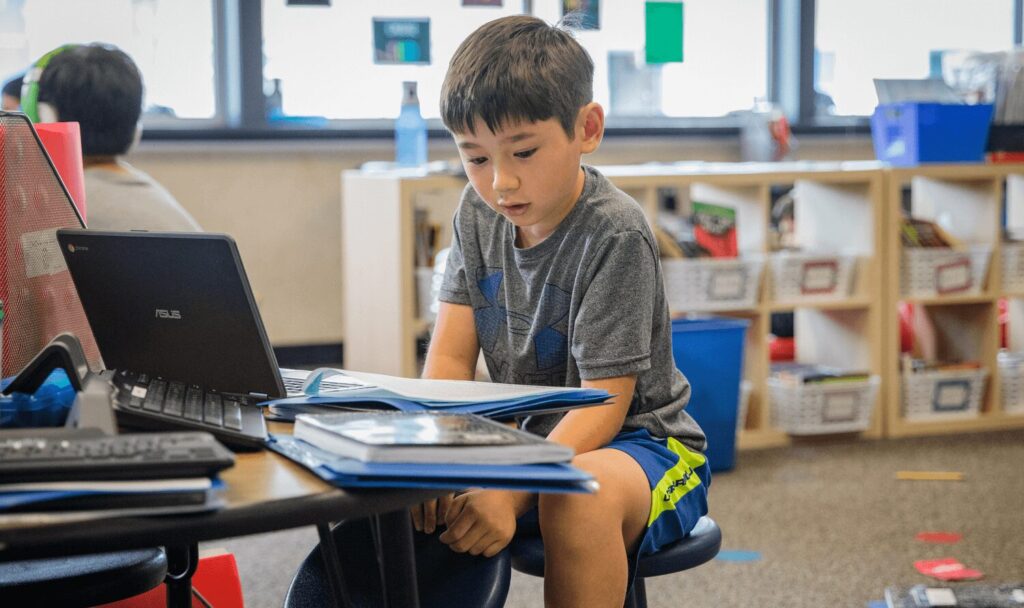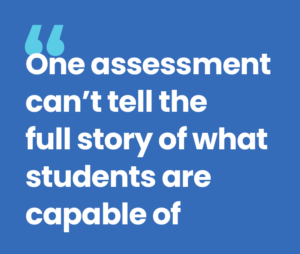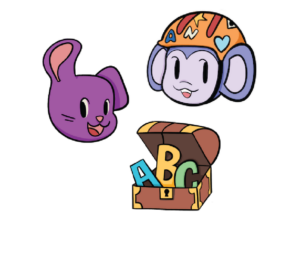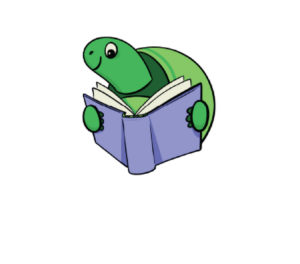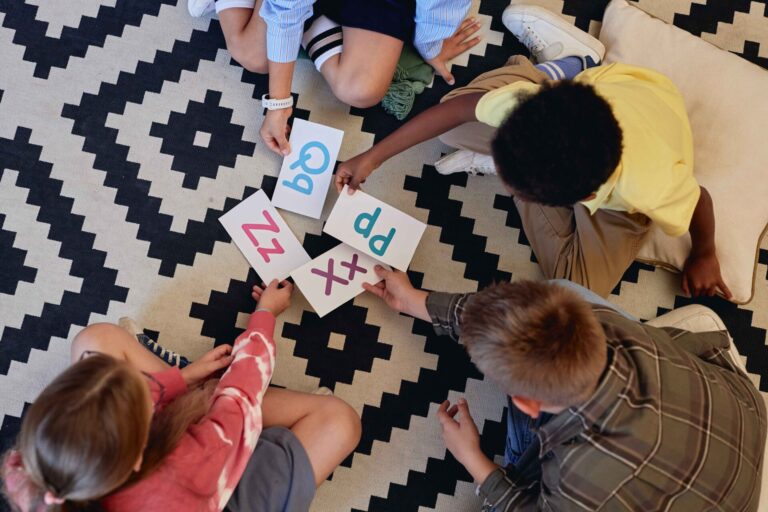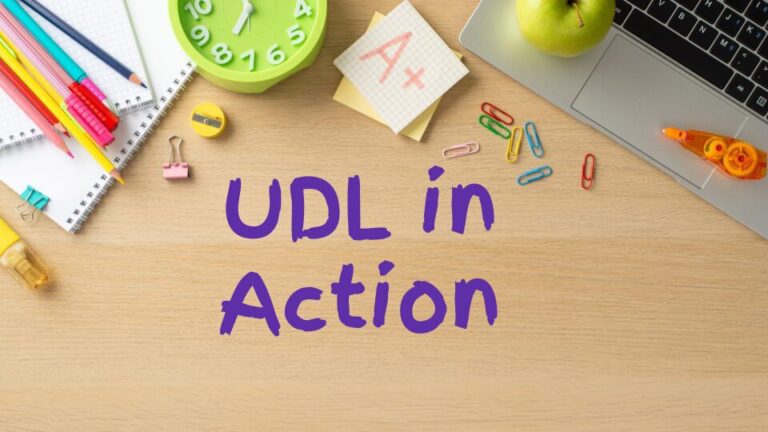Many schools use benchmark assessments to evaluate beginning of year literacy skills. Young learners are often asked to read aloud to the teacher, while older students demonstrate written and oral comprehension skills. The results are used to inform instruction, create student groups, and plan interventions – important classroom foundations to support literacy development.
But here’s the thing: One assessment can’t tell the full story of what students are capable of.
To get to know students as readers, writers, speakers, and listeners – as well as individuals with different motivations and interests – a multimodal approach is key.
MULTIMODAL ACTIVITIES GIVE A MORE COMPLETE VIEW OF STUDENT ABILITIES
A number of factors can influence whether a student performs their best on benchmark assessments.
Shy students can feel nervous to read aloud in front of an audience, even if it’s just their teacher. Some students may not yet have the expressive language to fully communicate their understanding. Others may have testing anxiety. Or the assessment might just be really boring.
Giving students opportunities to demonstrate their skills in other ways offers more opportunities for students to experience success – giving you a more complete view of their abilities.
You could allow students to record themselves reading aloud in private, where they’ll be less nervous. Or give students the option to respond to authentic writing prompts about their interests. Young learners might play a phonics game, while older students might analyze literary devices in popular songs.
Multimodal literacy activities like these are engaging, lower-stakes, and reveal more about each student’s strengths and areas for growth. Not to mention, these activities show students’ personalities and interests in a way benchmark assessments don’t.
WAYS TO MAKE MULTIMODAL LEARNING PART OF YOUR LITERACY INSTRUCTION
In your next literacy block, a simple way to integrate multimodal learning is to assign a Seesaw lesson as a formative assessment tool.
With printable lesson plans, fun and intriguing activities, plus multimodal ways for students to show what they know, all you need to do is pick one and assign!
Here’s where you can start.
PREK-KINDERGARTEN
Assign for: Phonemic awareness
Key skills:
- Fun Phonemes – Listening to, identifying, and practicing saying phonemes.
- Alphabet Treasures – Identifying, saying, and writing letters of the alphabet.
- Phenomenal Phonics – Sorting, blending, segmenting, and changing phonics.
Students will love playing learning games and exploring how sounds and letters are all around them.
GRADES 1-2
Assign for: Foundational reading and writing skills
- Identify author’s purpose and main idea, analyzing characters and dialogue, describing setting, sequencing events, asking questions, narrative and opinion writing, making inferences, and more!
Students will love learning with Turtle, Rainbow Bear, Robot, and Owly and getting six fun ways to practice and show their skills
GRADES 3-5
Assign for: Nonfiction comprehension skills
Key skills: Identifying main idea, analyzing text features, answering comprehension questions, learning vocabulary, making connections, and more!
Students will love exploring immersive texts about interesting, real-world topics and practicing skills they learn about in the text.
Combined with data from benchmark assessments, insights from Lessons can help you plan instruction that gives each student the right level of challenge, leverages their interests to boost motivation, and provides the support they need from day one.
What’s Next?
Once your foundation is firmly established, where can you go? One approach is to accelerate learning within your classroom. Accelerating learning shifts the focus away from skills that students are missing. Instead, acceleration focuses on supporting students for success with current grade-level content. Targeting skills with just in time supports and opportunities for immediate and relevant practice – all while in class with their peers. Lucky for you, Seesaw also does this exceptionally well! Learn how here.
